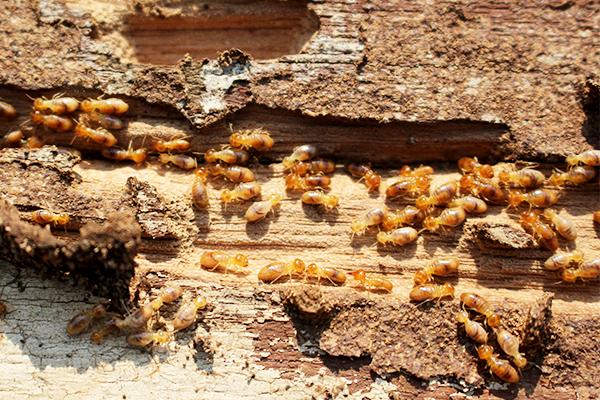
Termite damage can wreak havoc on a home, silently eating away at its structure and compromising its integrity. Whether you’re dealing with minor damage or extensive destruction, addressing termite damage promptly is crucial to prevent further deterioration and costly repairs. In this comprehensive guide, we’ll delve into the world of termite damage repair, exploring the signs of infestation, methods of assessment, and effective repair strategies to restore your home to its former glory.
Table of Contents
ToggleUnderstanding Termite Damage:
Before diving into repair solutions, it’s essential to understand the nature and extent of termite damage. Termites are notorious for their voracious appetite for wood, chewing through structural beams, floor joists, and even furniture. Common signs of termite damage include hollow-sounding wood, buckling floors, sagging ceilings, and visible tunnels or mud tubes along walls. However, since termites often operate out of sight, the damage may not be immediately apparent, necessitating a thorough inspection by a professional.
Assessment and Inspection:
An accurate assessment is the cornerstone of effective Termite Damage Repair. A licensed pest control expert can conduct a comprehensive inspection of your home to identify the extent of the infestation and the areas affected by termite damage. Using specialized tools such as moisture meters, infrared cameras, and borescopes, they can pinpoint termite activity, assess structural integrity, and develop a tailored repair plan.
Repair Strategies:
Once the extent of termite damage has been determined, it’s time to implement repair strategies to fortify your home against further deterioration. The repair process may vary depending on the severity of the damage, ranging from localized treatments to extensive structural repairs. Here are some common repair techniques employed in termite damage restoration:
1. Wood Replacement: In cases where termites have caused significant damage to wooden structures, replacement may be necessary to ensure structural stability. Damaged beams, floor joists, and other wooden components should be carefully removed and replaced with treated or termite-resistant wood. This not only eliminates existing termite colonies but also minimizes the risk of future infestations.
2. Chemical Treatments: Chemical treatments are often used in conjunction with structural repairs to eradicate remaining termite colonies and prevent recurrence. Liquid termiticides can be applied to soil, foundation walls, and other potential entry points to create a barrier against termites. Additionally, baiting systems can be installed around the perimeter of the home to attract and eliminate termites before they can cause further damage.
3. Moisture Control: Since termites are attracted to moisture, addressing underlying moisture issues is essential in preventing future infestations. Repairing leaky pipes, improving ventilation, and ensuring proper drainage around the home can help reduce moisture levels and make the environment less hospitable to termites. Installing vapor barriers and dehumidifiers in crawl spaces and basements can also help keep humidity levels in check.
4. Structural Reinforcement: In cases where termite damage has compromised the structural integrity of the home, additional reinforcement may be necessary to ensure stability and safety. This may involve installing steel support beams, braces, or tension rods to reinforce weakened structures and distribute weight more evenly. Working with a qualified structural engineer is crucial in determining the most effective reinforcement solutions for your home.
Preventive Measures:
While Termite Damage Repair is essential for restoring your home’s integrity, taking preventive measures is equally important in safeguarding against future infestations. Here are some proactive steps you can take to minimize the risk of termite damage:
1. Regular Inspections: Schedule annual termite inspections by a licensed pest control professional to detect signs of infestation early and prevent extensive damage.
2. Eliminate Wood-to-Ground Contact: Minimize direct contact between wood structures and the soil by using concrete or metal barriers, such as foundation vents and termite shields, to deter termite access.
3. Maintain Proper Ventilation: Ensure adequate ventilation in crawl spaces, attics, and basements to reduce humidity levels and discourage termite activity.
4. Trim Vegetation: Keep shrubs, trees, and other vegetation trimmed and away from the perimeter of your home to eliminate potential termite pathways.
Conclusion:
Termite damage can pose a significant threat to the structural integrity and value of your home, but prompt action and effective repair strategies can mitigate the damage and restore your property to its former glory. By understanding the signs of infestation, conducting thorough inspections, and implementing preventive measures, you can safeguard your home against future termite attacks and enjoy peace of mind knowing that your investment is protected. If you suspect termite activity in your home, don’t delay—contact a qualified pest control professional to assess the situation and develop a customized repair and prevention plan tailored to your needs. With proactive measures and timely intervention, you can reclaim your home from the destructive grasp of termites and ensure its longevity for years to come.
